Over the last few years drone use has rapidly grown in popularity on a global basis. This is especially to do with the increased availability of drones as consumer product, which has made them particularly popular for photographers and filmmakers. Imagine your favourite YouTuber's daily vlog without expertly edited scene transitions from a bird's eye view? You probably can't. Having said that, given that drones allow humans to access areas that are difficult or even impossible to access without much more expensive equipment, there are several other applications for drones that have become especially popular and will become even more popular in the future. In this post we will go over drones, what they are and how they are being used in a number of different sectors.
What are drones?
Drones, which are also sometimes referred to as Unmanned Aerial Vehicles (UAV) are very advanced devices that as the name UAV implies are typically pilotless aircraft that are operated through a combination of technologies. More advanced drones can be operated through technologies such as computer vision, artificial intelligence, object avoidance tech, and others. However, consumer drones are normally operated by remote control. They tend to be made from light composite materials which allow the device to increase its flying manoeuvrability and flight time. Additionally, high-end, and newer drones now commonly allow for the drone to be programmed, which allows them to fly autonomously using special software that guides the drones on controlled flight plans with the help of GPS and other navigation systems.
What are drones used for? - Peli Survey
So, what’s the big deal with drones? Why are they so popular nowadays? The rise in accessibility of drones has transformed entire business sectors given their ability to allow humans to access places and things that were previously unreachable or unattainable.
Given the above, we recently conducted a survey of over 100 drone users regarding among other things, in what sectors or industries they used their drones. You can find some of the results of the survey in the infographic below. But, without further ado, let’s have a look at some of the sectors where drone are used:
Photography, Filmmaking and Entertainment
One of the most popular use cases for drones of course is photography, videography, and entertainment. Whether it is live events on TV, such as sporting events, or entertainment on YouTube, drone use has become ubiquitous with these sectors. And let’s not forget all the Hollywood films that require extensive drone use for footage. But in addition, sectors such as realty and even tourism have been known to use drones for photography marketing purposes to capture photos of homes, hotels and other tourism experiences that would not have otherwise been possible.
Defence & Military
This is a well-known area of application for drones. Although larger UAVs have been widely used for over a decade by defence and military organisations, smaller drones are now being employed by ground forces to gather intelligence in the field. According to the Centre for the Study of the Drone at Bard College, since 2014, US military spending on drone technology has increased from just over four billion USD to nine billion USD annually. They have also estimated that over 95 countries around the world currently possess some form of drone technology in their military and defence agencies, up from just 60 countries about 10 years ago.
Law Enforcement
In addition to defence departments, drone use has increased rapidly in law enforcement. Drones have allowed law enforcement agencies to police more efficiently. They have been employed around the world to collect evidence and conduct surveillance. They have also proven useful to photograph traffic crash scenes, monitor correctional facilities, track prison escapees, control crowds, and much more.
Fire & Rescue, Humanitarian Aid, Emergency Response
With innovations in camera technology, drones can now be outfitted with infrared and thermal imaging technology. This has been instrumental in the firefighting and emergency response sectors. Firefighters are now able to see hotspots underground to assess danger that may not be visible by the naked eye. While thermal imaging also allows rescue teams to spot victims in need of assistance in the wilderness due to their body heat registering on the cameras.
Additionally, after natural disasters, such as earthquakes and hurricanes, drones can be used to assess damage, locate victims, and deliver aid.
Learn more about how drones have transformed fire and rescue.
Healthcare
One of the applications for drones that has been particularly relevant in recent times has been healthcare. Modern medicine has had a profound impact on preventing disease, increasing life expectancy, and raising general standards of living. However, many rural areas do not have access to this medicine and drones have proven instrumental in the delivery of medicine and other aid to these areas.
More recently, due to the outbreak of COVID-19, drones have been used to deliver vaccines and other aid to remote and rural areas where access is restricted to normal modes of transportation.
Learn more about how drones have aided in the fight against COVID-19.
Agriculture
Farmers are constantly striving to reduce costs and improve crop yields. With the highly publicised increased growth in global population, food production is extremely important. Drones allow for agricultural workers to gather data, automate redundant processes, and thus improve efficiency.
Energy
Although the world may be moving toward more sustainable energy sources, oil, gas, and other fossil fuels are still one of the world’s main energy sources. However, inspections of the infrastructure that is used to extract, refine, and transport those fossil fuels is a regular occurrence and is indeed necessary to ensure compliance with regulations and standards. As one might imagine, some of those inspections are not easy to make, thus drones are particularly useful for inspections of some of the more difficult areas to access on an oil rig or in a power plant.
Mining
As a capital-intensive venture, mining requires continuous measurement and assessment of physical material such as stockpiles of ore, rocks, and other minerals. This, as one might imagine, is not an easy task. However, drones equipped with special cameras can capture the volumetric data within stockpiles, while they are also useful in surveying the overall mining operations from above. This reduces the risk to human capital such as surveyors on the ground.
IT & Telecommunications
As does the aforementioned energy sector require a lot of inspection of infrastructure, the telecommunications industry is in a similar boat. With towers and satellites located all over the world in many remote areas, and given their height and size, drones have become very useful in their inspection.
Drones appear to be here to stay and more
The use of drones looks poised to have a major role in our future. Although there are some concerns, the advantages that drones present in their ability to get to remote areas with ease, quickness, and efficiency, make them useful in quite a few business sectors, not just those listed above. Combine that with the increasing availability of drones, the future of drone use is likely to expand even further.
Although consumer drones tend to be cheaper larger industrial sized drones, all drones are valuable pieces of equipment. High quality protection during transport and storage is imperative to keep them functioning over the long haul. Peli Products produces a wide range of protective cases that are perfect for protecting anything that you deem valuable. To see Peli’s full range of cases suitable for drones, click on the button below.
.png?width=357&name=MicrosoftTeams-image%20(10).png)





.png)





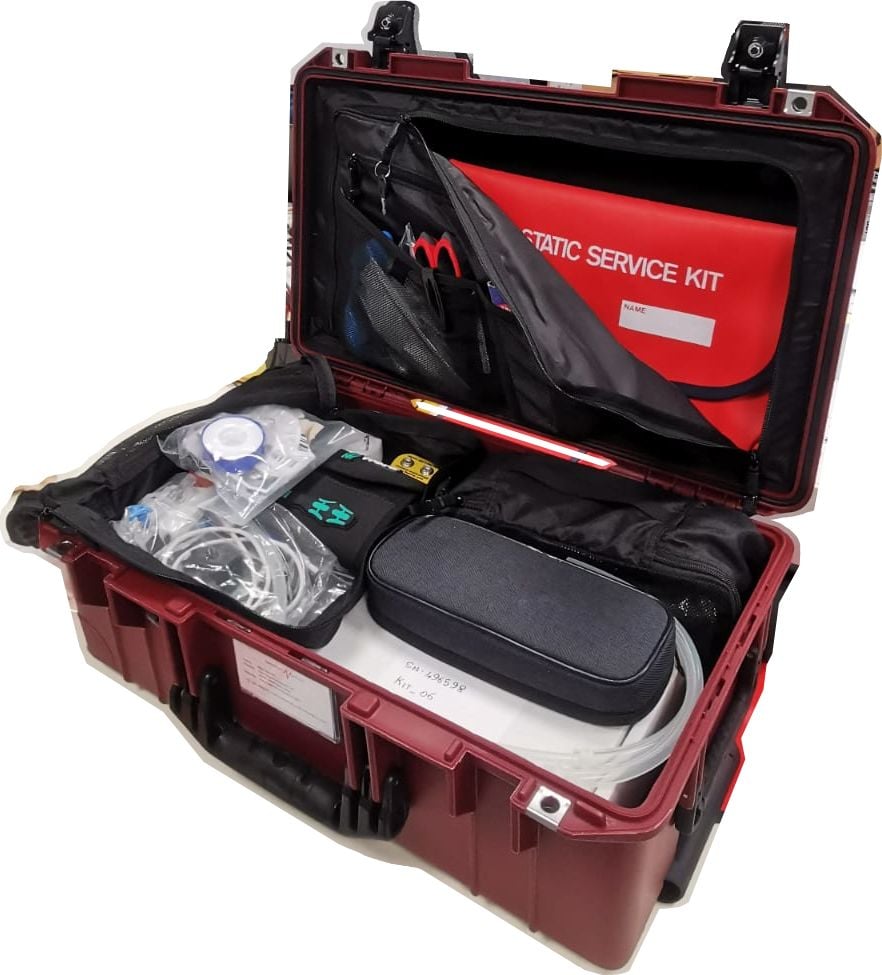

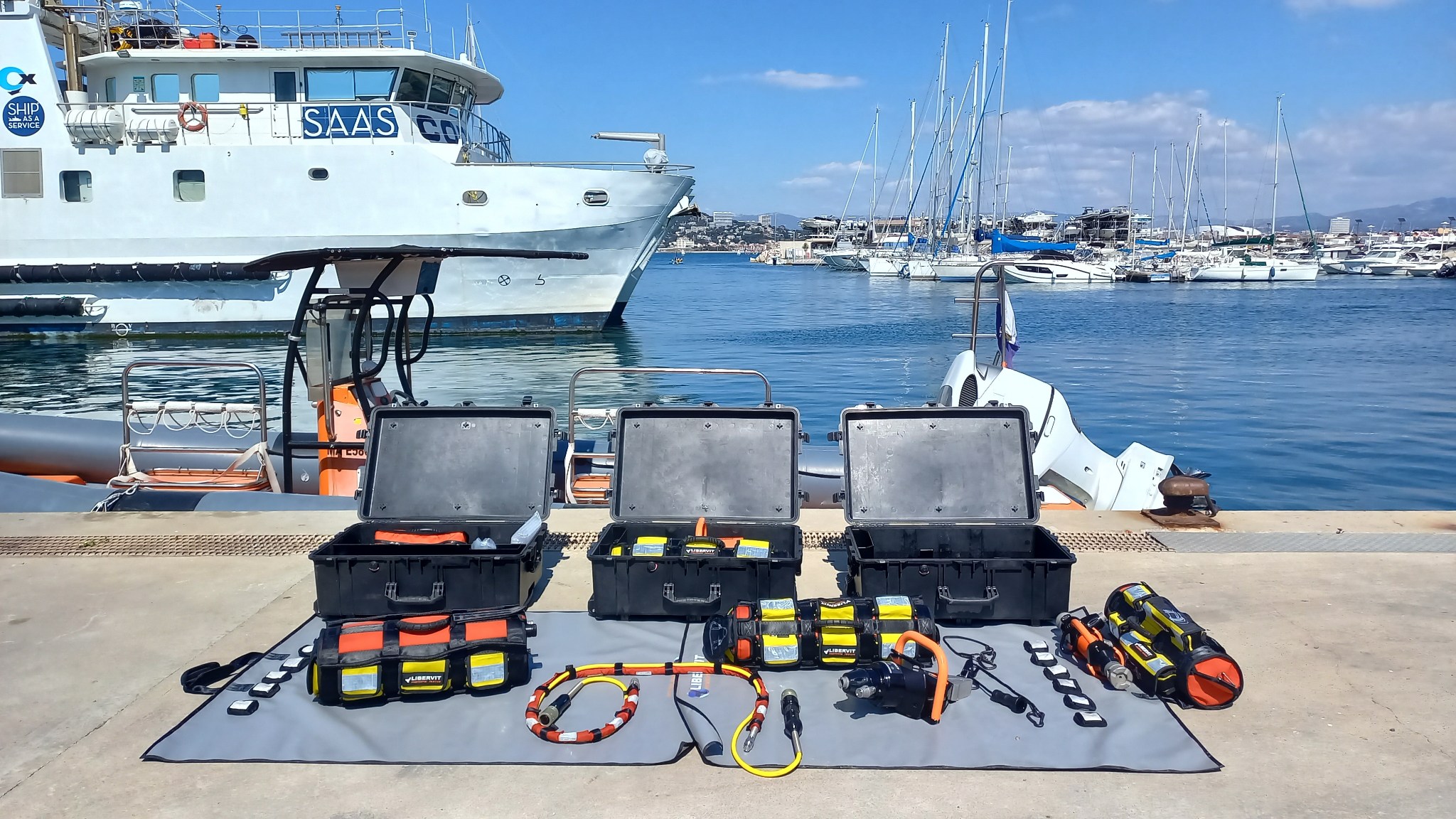
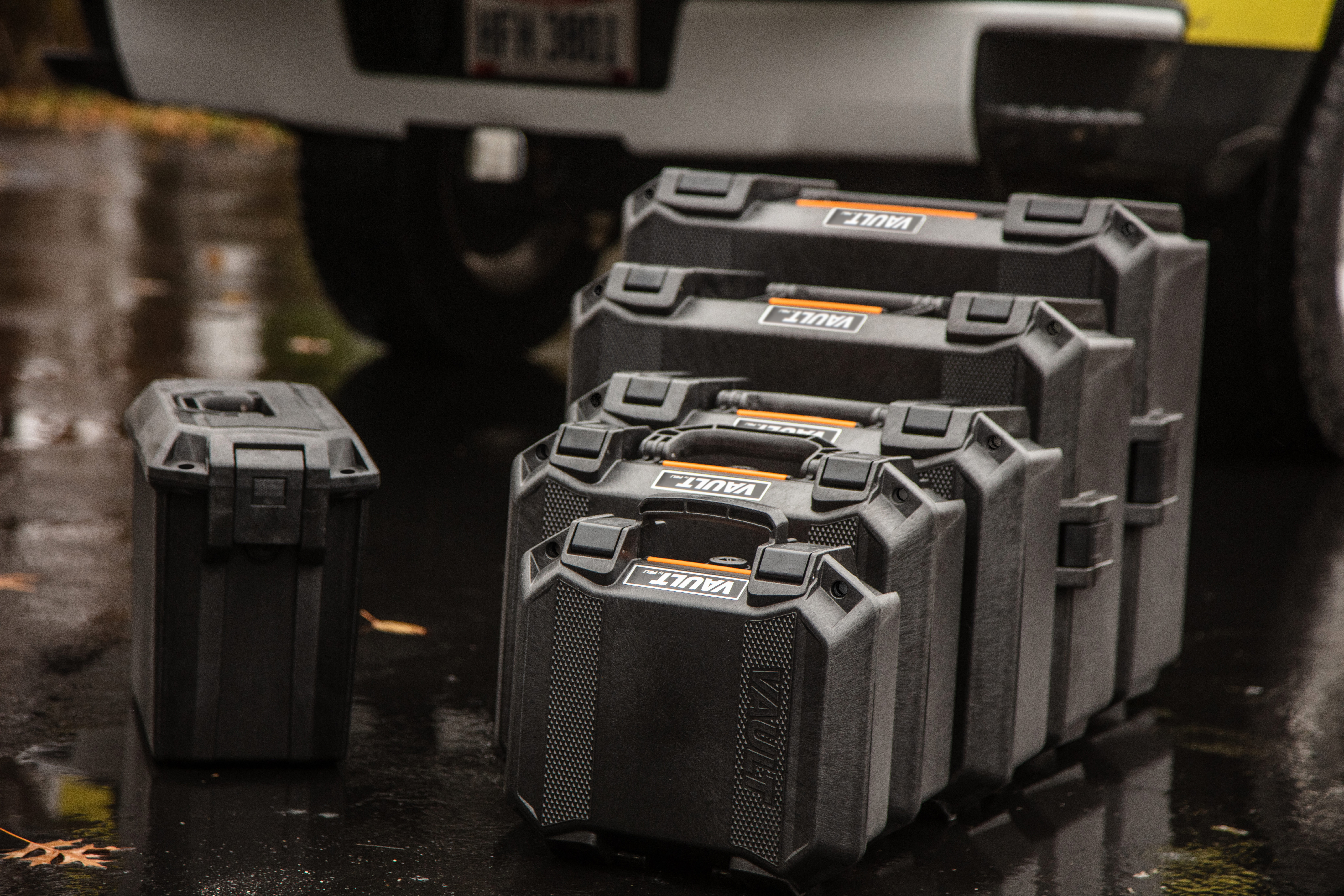
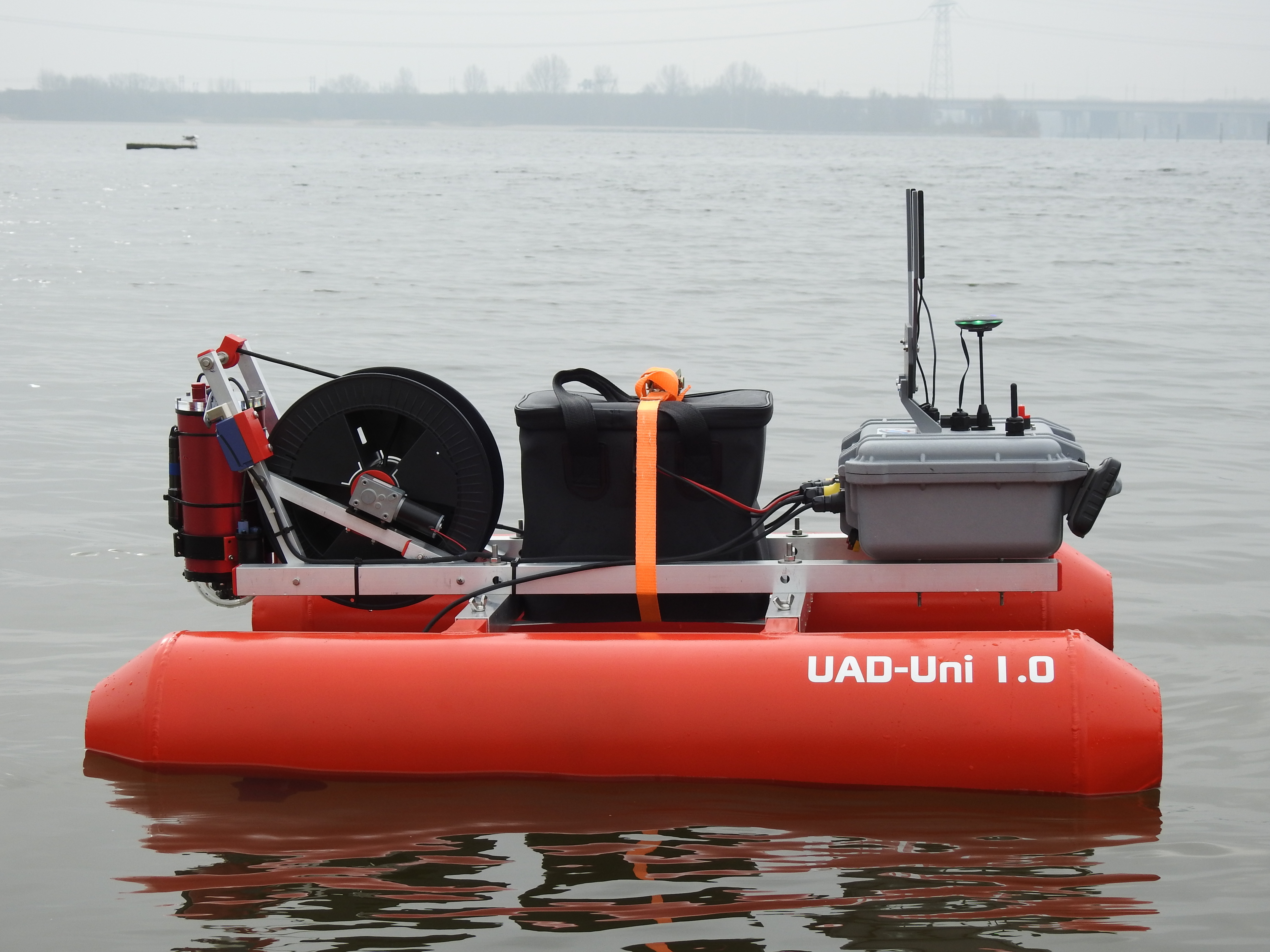
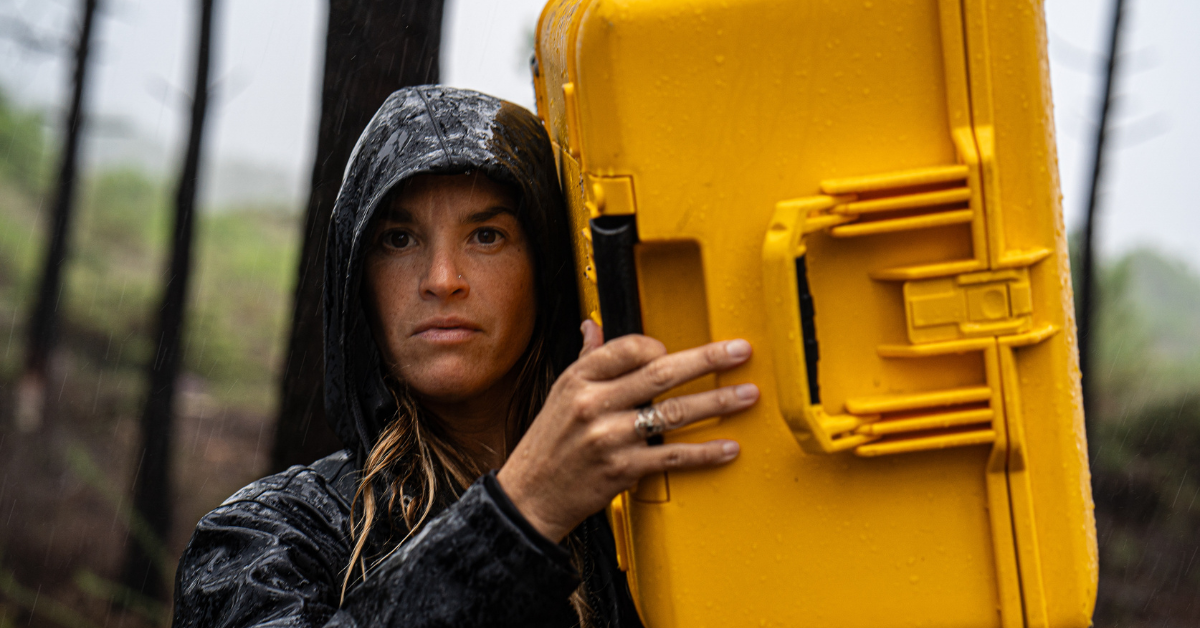
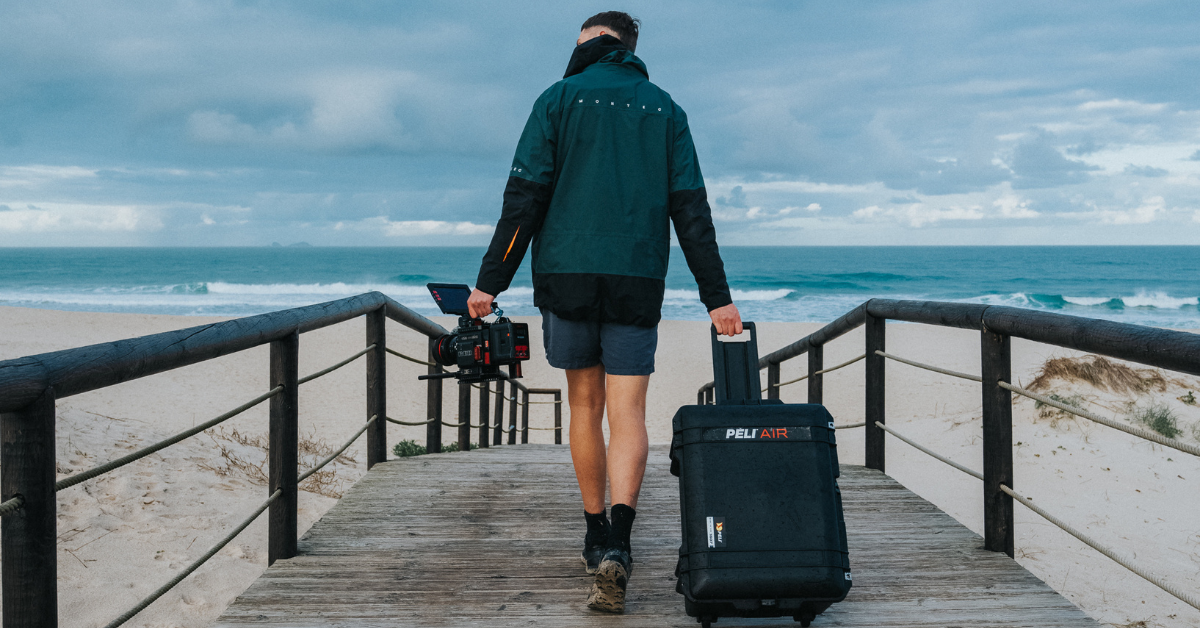

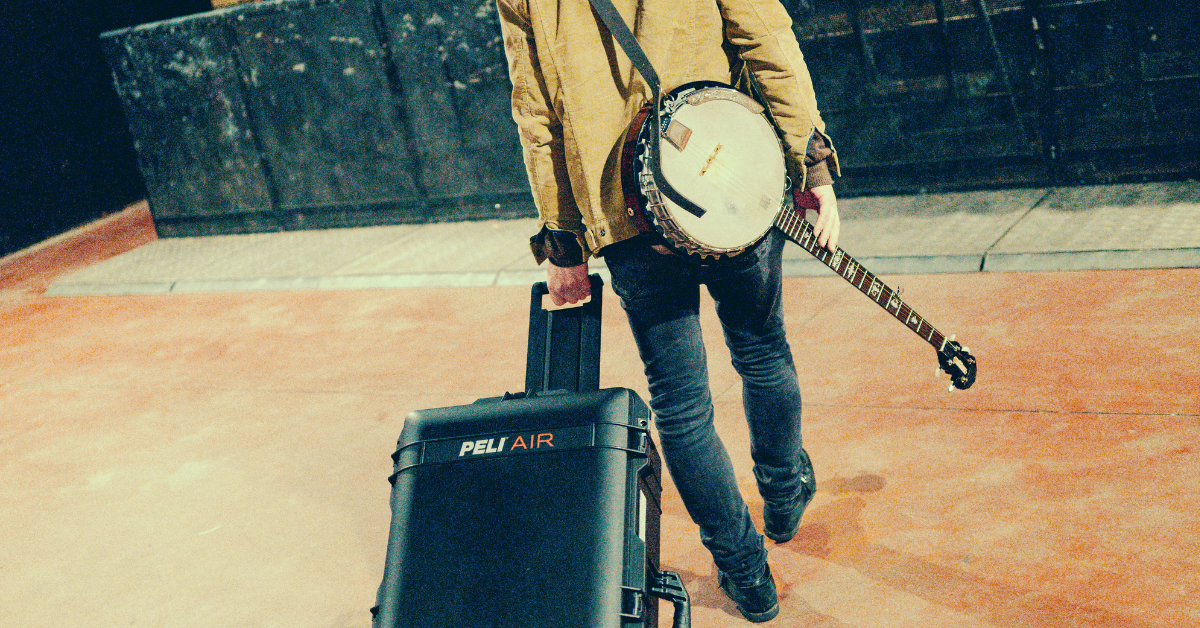
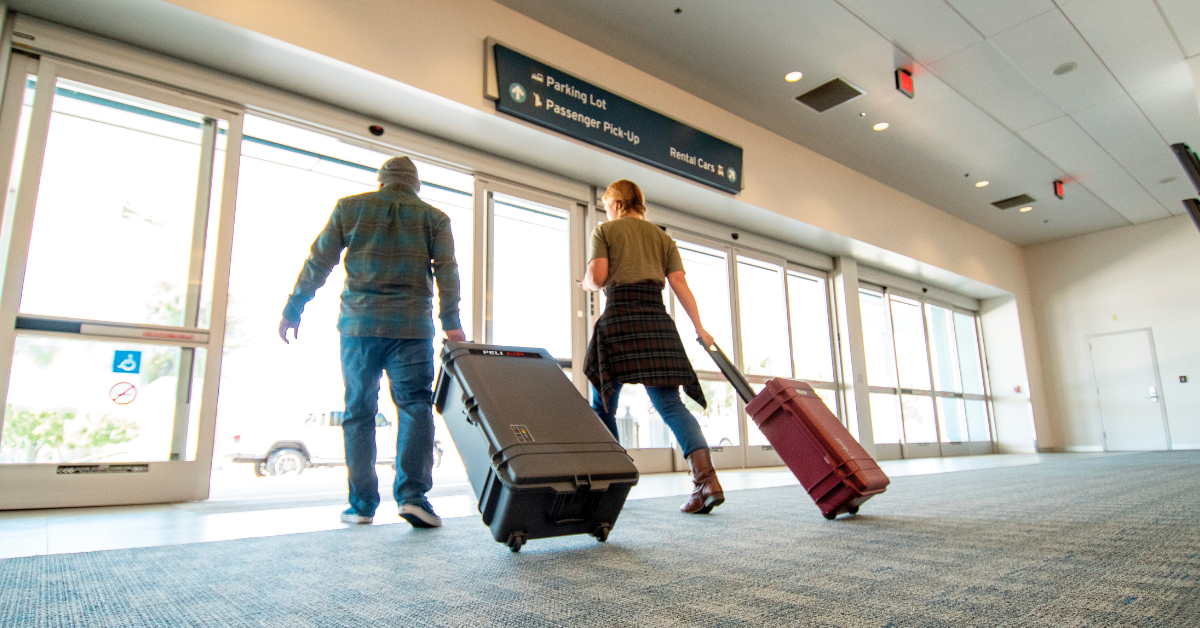
Post a comment